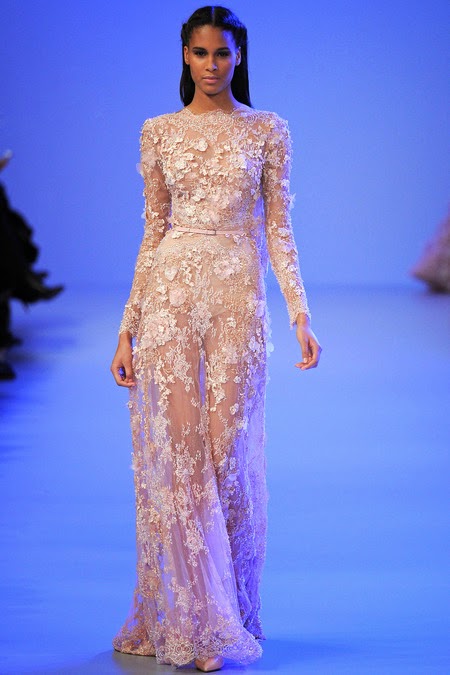The panel of experts has spoken, the votes are in, and today we can announce the twelve talents who will move on to the final round of the heated LVMH Prize for Young Fashion Designers competition. Atto by Julien Dossena, CG by Chris Gelinas, Gabriele Colangelo, Shayne Oliver’s Hood by Air, Jacquemus by Simon Porte Jacquemus, Miuniku by Nikita and Tina Sutradhar, Thomas Tait, Tillmann Lauterbach, Tim Coppens, Simone Rocha, Suno by Max Osterweis and Erin Beatty, and Vika Gazinskaya will go head-to-head for the award’s 300,000 euro grant.
But wait, you might be thinking. Weren’t there only supposed to be ten finalists? Yes, but LVMH’s team of forty industry insiders simply could not decide after surveying the work of the competition’s thirty semifinalists during an event at Paris fashion week. “It’s so hard,” offered Louis Vuitton’s executive vice president Delphine Arnault, who has been spearheading the initiative. “When we compiled the votes, four designers all had the same amount, so we let twelve in. I think it’s good.” We’re sure the finalists would agree.
The dozen men’s and womenswear designers, who hail from round the globe, will each have fifteen minutes to present their Fall ’14 collections at the LVMH headquarters in May. Judges including Karl Lagerfeld, Raf Simons, Nicolas Ghesquière, Marc Jacobs, Riccardo Tisci, and others will consider their efforts, and later choose a winner.


























.jpg)
























